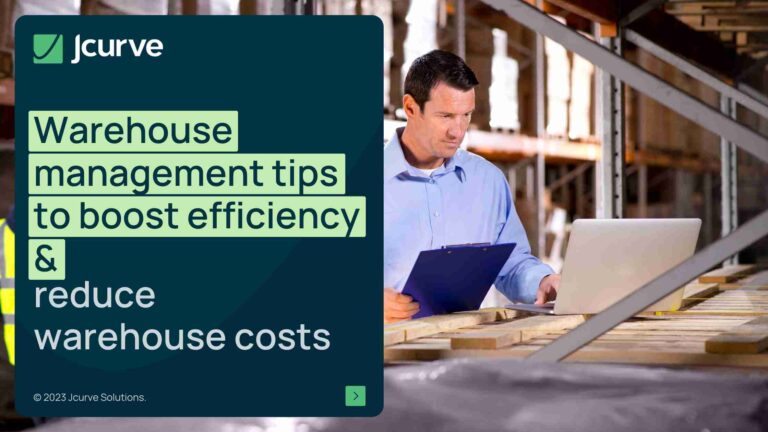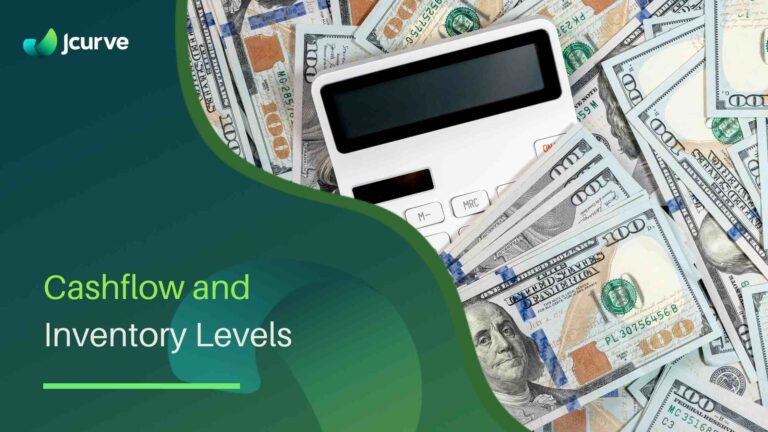In Singapore’s fast-paced business environment, migrating to NetSuite Warehouse Management System (WMS) can significantly enhance your inventory management, operational efficiency, and real-time visibility. Here’s a comprehensive guide to ensure a successful transition.
Understanding the Migration Process to NetSuite WMS
Migration involves transferring warehouse operations data from your current system to NetSuite WMS. Ensuring data integrity is critical, and selecting compatible data migration tools is essential for preserving data accuracy and minimising manual labour.
Pre-Migration Strategies
- Data Accuracy and Cleanliness: Validate and clean your data to remove duplicates and errors.
- Determine Migration Timeline: Plan a logical sequence to minimise disruptions, starting with static data and moving to dynamic data.
- Assessment Checklist: Evaluate your current system, identify critical data, and create a migration plan that includes resources and budget.
Data Migration Strategy
Choose a suitable data migration strategy, such as a big bang approach or a phased rollout, based on your business size, complexity, and risk tolerance. Prepare your data by cleansing, verifying quality, and securing it against breaches.
5 Steps to Migrating to NetSuite WMS
- Data Backup and Preparation: Back up and prepare your data to meet NetSuite’s specifications.
- Configuring NetSuite WMS Settings: Set up inventory locations, bin/lot assignments, and user roles.
- Data Mapping and Field Matching: Ensure accurate mapping of data fields to NetSuite WMS.
- Trial Migration and Validation: Conduct and validate a trial migration to check data integrity and readiness.
- Going Live: After validation, go live with NetSuite WMS, ensuring support is available for immediate issues.
Post-Migration: What to Expect
Monitor system performance, optimise operations based on new data insights, train your team, and troubleshoot any issues that arise.
Should you encounter issues, here’s a quick guide:
Data Transfer Errors: Double-check data mappings and run integrity checks.
Integration Issues: Test all integrations with other systems before going live.
Business Continuity: Have a rollback plan in case you encounter a showstopper issue.
Conclusion
Migrating to NetSuite WMS requires meticulous planning and a detailed understanding of both your current data and NetSuite’s capabilities.
Ready to take the next step? Schedule a consultation with Jcurve to ensure your migration process is as smooth as possible. For a deeper understanding of what NetSuite WMS offers, check out our blog post on the “Key Features of NetSuite Warehouse Management“.
With careful planning and execution, migrating to NetSuite WMS can be a game-changer for your business, propelling you towards unparalleled operational efficiency.










